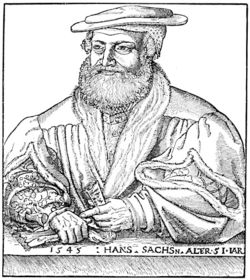Euphuism is an elegant Elizabethan literary style characterized by an excessive use of balance, antithesis, and alliteration, as well as frequent use of similes drawn from mythology and nature.
The word is also used to denote artificial elegance. It was derived from the name of a character in the prose romances Euphues: The Anatomy of Wit (1578) and Euphues and his…








